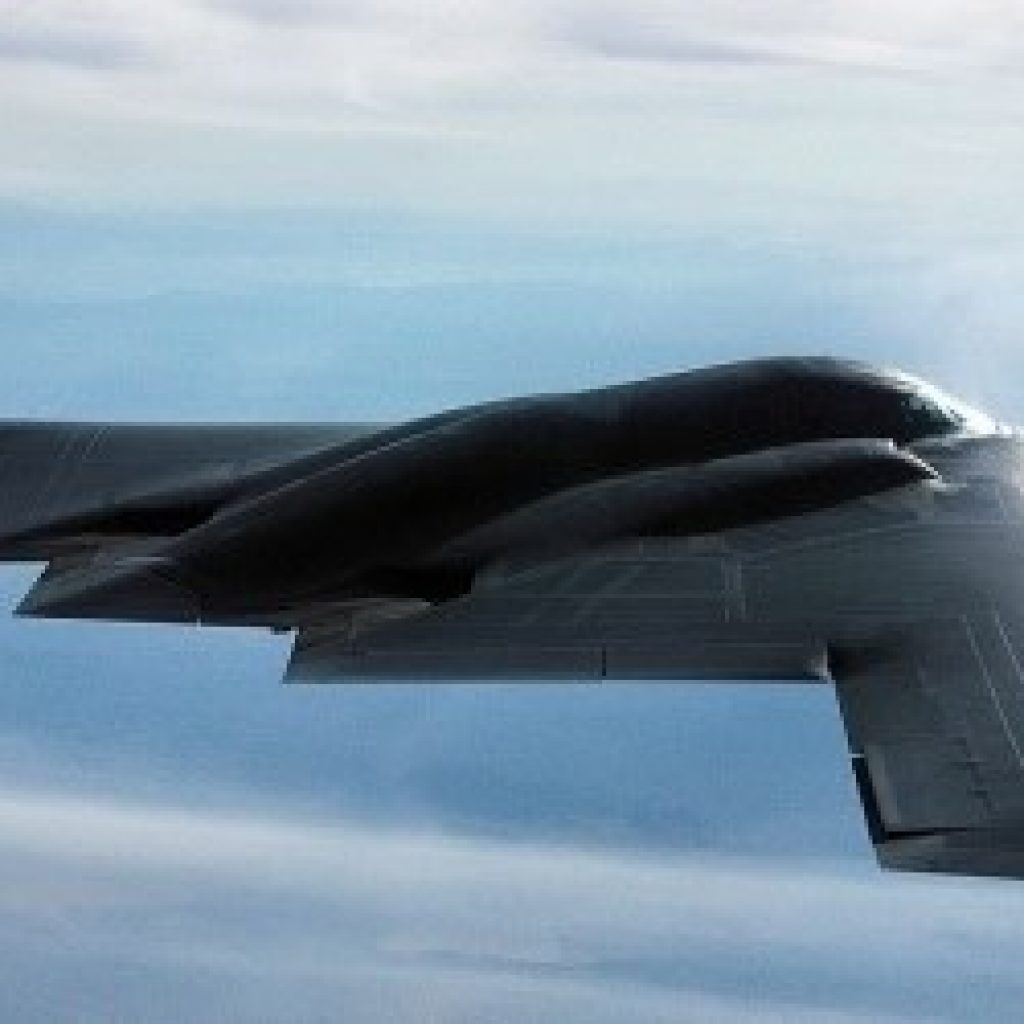(InterestingEngineering) Scientists in China are reportedly developing a new quantum radar technology that could detect stealth aircraft by creating a small electromagnetic storm, according to a recent study published in the Journal of Radars, a China-based peer-reviewed publication, reports the South China Morning Post.
However, this isn’t the first time researchers from China have made big claims about a functional quantum radar, and many experts from other countries contest the very feasibility of such devices, suggesting that this could represent a technological bluff.
Conventional radars have a fixed or rotating dish, but the quantum radar design more closely resembles a gun, and accelerates electrons to nearly the speed of light. Once they pass through a winding tube exposed to strong magnetic fields, the electrons could generate a vortex of microwaves that swirl forward like a horizontal tornado, according to the report. If successfully completed, the novel quantum radar system would outclass any radar system of the past, but that’s still a big “if”, according to Tsinghua University’s Zhang Chao and his team, in the aerospace engineering school. But the potential benefits are worth the hard work, according to the team of scientists. The “better the stealth technology, the higher the gain” of the quantum radar system, they added, in the SCMP report.
If the system really works, and is implemented in contested airspace, it could become a significant advantage. Even today, most planes can’t disguise their signature from radar because they reflect electromagnetic waves. Stealth aircraft like the United States’ F-22 Raptor or F-35 fighter jets, for example, absorb a large portion of the radar waves via a special coating material which, combined with minimal right angles in the external structure of the vehicle, can reduce a radar signal to an object the size of a baseball. Stealth technology like this has proved a distinct advantage against other nations’ airpower that rely mainly on 20th-century jet fighters that lack stealth features.
Is China’s Claim of Developing Quantum Radar to Detect Stealth Jets a Technological Blufff?
